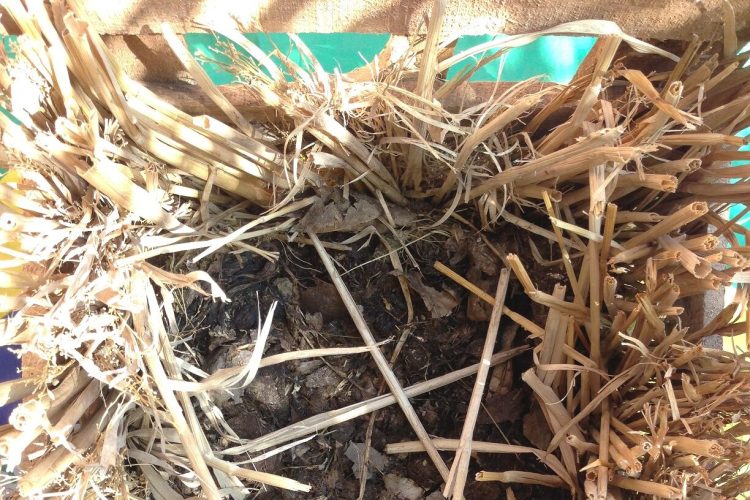Abstract This case study is about a gold mining company that sought to practice “responsible mining” by reaching out to stakeholders and addressing environmental concerns, but which nevertheless...
Abstract The $43 billion US wastewater treatment industry is a landscape in which the high costs of capital construction and the need for economies of scale feature prominently....
We are thrilled to introduce the first project of our newly established oikos chapter in Pune. The i-GREEN initiative, which aims to clean rivers in the region, has already...
Student Reporter team will be covering the World Resources Forum in Davos. Read more
oikos Warsaw is going to gather international community to discuss the future challenges of the European energy sector in the perspective of EU climate policy and CO2 emissions reduction...
Welcome to Issue 10 (Spring 2013) of the oikos Case Quarterly! The latest issue of the oikos Case Quarterly focuses on the sustainability practices and challenges of the beverage industry. Four cases...
Case Abstract Royal Dutch Shell has started to assume social and political responsibilities that go beyond legal requirements and fill the regulatory vacuum in global governance and a...
Case Abstract The case drives a discussion around events in 2005-2006 when the University of Michigan decided to cut its contract with Coca-Cola because of the company’s environmental...
Case Abstract This case study is about Irvine, California-based WaterHealth International Inc. (WHI), a social purpose for-profit venture in the safe water sector, focused on serving the traditionally...
Case Abstract The global water crisis is a silent crisis. It does not attract the same level of attention as airline accidents or plummeting economic statistics, yet its...


